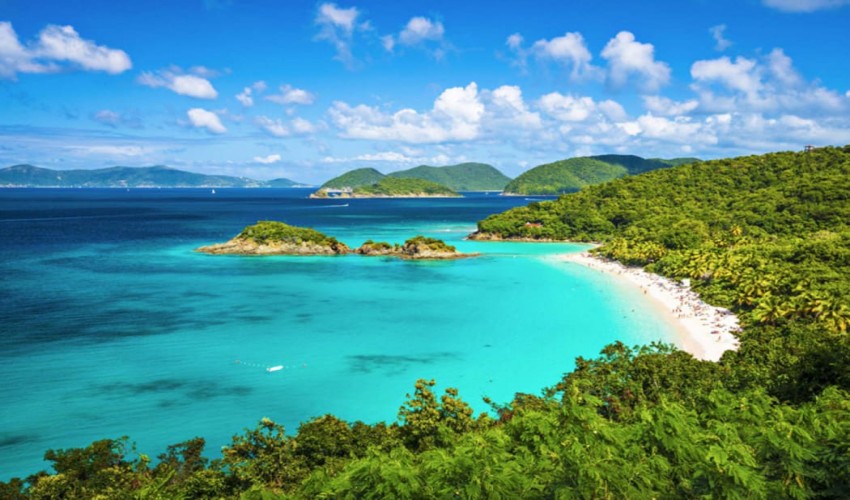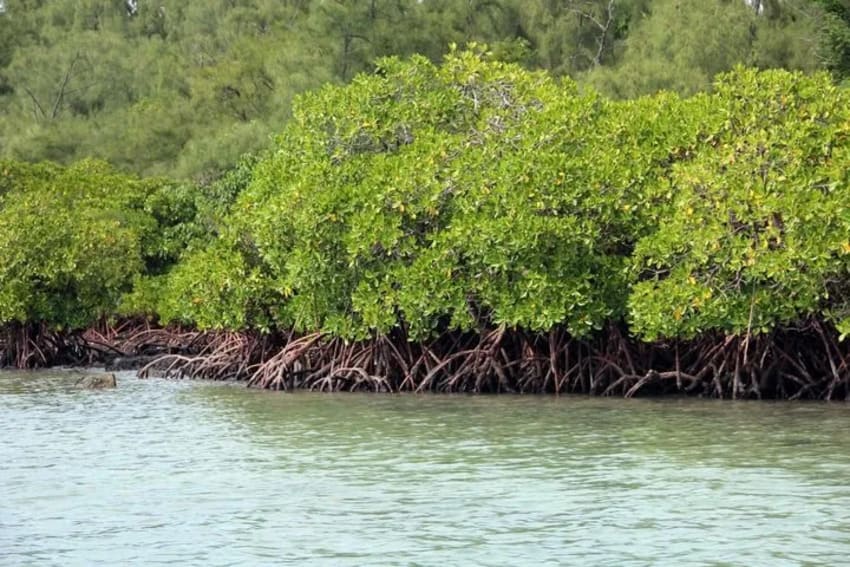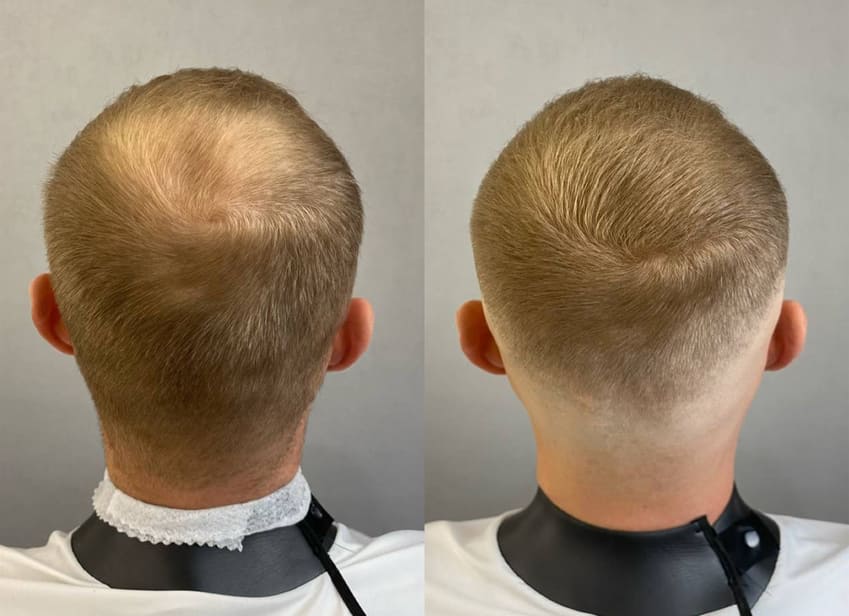Environment Science and technology
24
A small Caribbean island rallies the community to save endangered animals.
- Rating
- extinction
- algae
- mortality
- crabs
- urchin
- beaches
More than five thousand spiney sea urchins had called the coral reef home, but in only a few days, it was deserted. The sea near the Dutch Caribbean island of Saba was hazy from the decomposing white skeletons with hanging spines that littered the reef. Around April of last year, fifty percent of the Diadema antillarum urchins in a reef area known as "Diadema City" perished within a span of a week. In the month of June, barely one hundred had survived.
In February, the mystery death toll in the Caribbean began its widespread spread. It's frighteningly similar to a mass mortality event in 1983 that wiped off as much as 99 percent of the Caribbean Diadema population, a devastating blow to the urchins and the reefs that are still recovering four decades later. Without urchins to graze on the algae, a reef may quickly become overrun, causing harm to both established coral and the potential for new coral colonies to flourish.
Saba's coral cover (the percentage of a reef that is made up of living hard coral as opposed to sponges, algae, or other species) used to be approximately 50% before the die-off. This percentage is now at a historic low of 3%.
Saba (pronounced "say-bah")-based marine scientist Alwin Hylkema of the Netherlands' Van Hall Larenstein University of Applied Sciences and Wageningen University says, "It's simply downward, downhill, downhill."
Not long after I discovered Saba existed, I heard about the island's sea urchin issue. Saba is a little Caribbean island, about a fifth the size of Manhattan at 13 square kilometres and home to the imposing Mount Scenery volcano. Its reefs are popular with scuba divers, but the island doesn't have any beaches, thus it remains relatively untouched by tourists. Despite its small size and lack of sandy beaches, the island's rich biodiversity more than makes up for its shortcomings. Microclimates are created by the steep cliffs and may thrive there. A hiker may go from rocky lava fields to verdant meadows to a foggy cloud forest in a matter of hours.
Saba's rich ecosystems and variety of plant and animal life make it an ideal location for the yearly educational programme Sea & Learn, which attracts experts from across the globe. This initiative was started in 2003 by former diving shop owner Lynn Costenaro, who hoped to attract more tourists to Saba outside of the peak tourist season. However, the festival has expanded to become an integral part of teaching the island's 2,000 people about the unique fauna and ecosystems they call home.
At various eateries and public spaces throughout the month of October, the scientists will be presenting their findings in fields as diverse as biology, geology, and astronomy. The lobsters, rocks, and stars are all visible because many scientists provide public study tours both on land and underwater.
Saba's island ecologist, Severin Irl of Germany's Goethe University Frankfurt, thinks this type of community involvement with the ecosystem is welcome at a time when many species are in peril. Islands account for just around 7% of the Earth's land area, yet they host 20% of the world's known species and 75% of its recorded extinctions.
Some island species are exclusive to a single island, while others have dispersed populations on several different islands. It's problematic when people and invasive species come because species with limited populations might acquire a very restricted, island-specific set of adaptations. According to a study published in the journal Global Ecology and Conservation by Irl and a team of international researchers in November 2021, the extinction risk for a specific island species is 12 times higher than it is for a species on the mainland. And the pace of decrease is accelerating faster than ever before. When an island's biodiversity declines, the ecosystem becomes less robust and more sensitive to shocks like climate change.
Arachnologist Lauren Esposito of the California Academy of Sciences has presented her study on spiders and scorpions at Sea & Learn, and she says, "We are in the middle of a biodiversity catastrophe... and islands are really facing the brunt of that global shift."
Small ness and seclusion, which pose dangers to island residents, but provide for excellent research environments. Islands provide a unique opportunity to study species and ecological dynamics in a compact microcosm, much as the Galápagos Islands did for Charles Darwin. Saba is part of the Lesser Antilles, one of five tropical archipelagos where the California Academy of Sciences started Islands 2030 in 2021 with Esposito as a co-leader. Our mission is to study biodiversity and educate locals so they can protect their natural spaces. The initial Sea & Learn trip to Saba was in October of last year.
I joined in on the Saba Sea & Learn and went along on field visits to learn more about the efforts being made to save the small orchid, the bright-billed bird, and the dwindling urchins.
Tallying the Orchids
The first night I was there, I went to the Brigadoon restaurant with other residents and visitors to hear Mike Bechtold give a discussion about the orchids of Saba. After falling in love with orchids during his service in Korea, Bechtold, a former nuclear armaments specialist from Virginia, visited the island for the first time in 2003. Over the years, he has given several talks at Sea & Learn. It had been seven years since his last visit.
Bechtold began his account of orchid study on Saba by describing orchids as flowers with three petals and a long list of peculiar characteristics. He then went on to discuss the haphazard nature of past research efforts, citing a number of miscommunications that led to differing population estimates. Bechtold lists 32 species, whereas a newly released book only lists 22.
A former secondary school teacher from the Netherlands, Michiel Boeken, researched orchids on Saba between 2010 and 2012 while serving as principal of the island's lone secondary school. "To know what we have to protect, well, we at least have to know what is there," he adds.
Bechtold led a trip to Spring Bay the morning following his talk in search of orchids. The sole main road on the island was appropriately called The Road, and that's where we walked. The trailhead was at the base of a thicket of trees covered with moss and other plant life. After just a ten minute stroll, Bechtold showed out the most frequent orchid on Saba, an Epidendrum ciliare, sitting on a tree.
We stepped cautiously over hermit crabs as we searched for the rock pile that indicated the departure from the route to the location of another species, the Brassavola cucullata. Bechtold, Boeken, and coworkers conducted a demographic study in Spring Bay from 2011 to 2014 to assess whether or not Saba's resident population was on the decline. We climbed down the steep mountain and found a tall tree with little white and yellow blossoms on top and a metal tag affixed underneath it; it was plant #582 of 834 that Bechtold had helped tag a decade before.
We measured and tallied the plant's leaves. Bechtold's group discovered that bigger plants with more leaves and plants that were higher off the ground, like #582, had a greater chance of surviving. Wild goats often ate the low-growing plants.
The range of this orchid includes northern South America and Mexico. The researchers reported in 2020 that the B. cucullata population was actually falling in this area, with many young plants dying and few new ones sprouting. It will be difficult to tell whether the loss is due to normal population dynamics or a worrying trend until flower counts are continued for many more years, if not decades.
The limited size of the island's B. cucullata population renders it susceptible to threats of any kind. Many big orchids were lost when a recent cyclone toppled trumpet trees. Some of the plants were trampled, while others were lowered to the ground when their tree fell, where they were devoured by goats.
Leave a Reply
Your email address will not be published. Required fields are marked *


